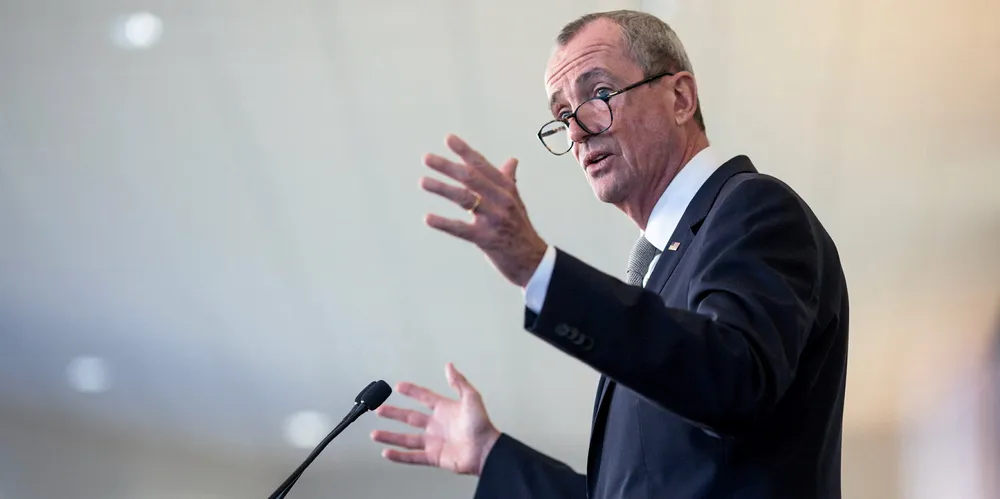'Historic and catalytic' | Orsted stakes claim in New Jersey with deal at first US wind port
Danish utility builds US momentum with signing of tenancy at coastal industrial site in Salem, with plans for lead-off work marshalling giant 1.1GW Ocean Wind project

Clean energy major Orsted will be the lead tenant at the US’ first purpose-built wind port, to be developed in Salem County, New Jersey, the state's governor, Phil Murphy, has announced.
The Danish developer has signed a letter of intent (LOI) with the New Jersey Economic Development Authority (NJEDA) to marshal its giant Ocean Wind 1 project out of the future facility, to be know as the New Jersey Wind Port, starting in 2024.
“I was proud to look on as Orsted and NJEDA formalised the agreement by which Orsted became the first tenant at this facility and will use the New Jersey Wind Port for its Ocean Wind 1 project,” Murphy said of the LOI signing, which took place on the sidelines of the International Partnering Forum in Atlantic City.
“The New Jersey Wind Port is a historic and catalytic investment. This investment is enabling both clean energy projects and New Jersey’s long term economic growth,” he said.
“Ocean Wind 1... will be creating over 200 pre-assembly, load-out, and stevedoring jobs along with hundreds more indirect jobs,” Murphy said, adding that “overwhelmingly all these... are organised labour jobs.”
Orsted is collaborating with local utility PSEG, which has taken a 25% stake in the 1.1GW Ocean Wind 1, on track to be the state’s first offshore wind project following the 2019 award of a power off-take agreement with the New Jersey Board of Public Utilities.
NJEDA CEO Tim Sullivan said: “By partnering with Orsted and PSEG, the New Jersey Wind Port will create hundreds of high-quality jobs and will drive millions of dollars of investment back into our communities.”
Along with its role staging utility-scale offshore projects, the New Jersey Wind Port is expected to become a major manufacturing and assembly hub, with GE, Siemens Gamesa and Vestas each having submitted bids for manufacturing space on the site.
At nearby Paulsboro, German steel manufacturer EEW has established a $200m monopile factory capable of building up to 100 foundations annually to feed imminent demand in the US market.
While the port is a linchpin in the state’s offshore wind ambitions, it is expected to provide manufacturing and staging capacity “for the offshore wind industry nationwide,” according to Murphy. The price tag, however, continues to escalate even before cement has been poured.
The lack of port space along the US Atlantic seaboard remains an issue of concern for the nascent industry. A recent study conducted by the University of Delaware highlighted the enormous gap between existing and planned port capacity and the industry’s needs as it rolls towards meeting the Biden administration’s goal of 30GW operating offshore wind capacity by 2030.
(Copyright)